Google Ads is one of the most widely used advertising platforms on the internet, offering a powerful way for businesses to reach their target audience and drive more traffic to their websites. However, managing large campaigns can be time-consuming and complex, which is where Google Ads Editor comes in. This guide contains all the essential information required to use this perfect tool. First, we’re going to introduce Google’s Ads Editor. Second, we will list its primary features, from offline editing and bulk management to duplicate keyword dedication and teamwork. Third, we will follow all the steps needed to use Ads Editor. At the end of our guide, you will be able to find the answer “Who Should Use Ads Editor?”. If you are ready, here is everything you need to know!
What Is Google Ads Editor?
Google Ads Editor is a desktop software offered by Google to advertisers and marketers without cost. It allows them to manage their Google Ads campaigns in a more streamlined and focused manner by enabling them to make bulk changes. This approach is more effective than manually and individually modifying through the online Google Ads interface.
Google Ads Editor Features
When managing several campaigns, it is crucial to have an application like Google Ads Editor with a multitude of features that can aid you in navigating through them and rapidly locating specific details that require modification. Its various functions make campaign management more accessible and more efficient. Here are some of its significant benefits.

Bulk Management
You might be responsible for several ad campaigns for different firms when working for an advertising agency. It is crucial to assess each one’s performance and determine ways to enhance them. However, you must apply the same adjustment to several campaigns. In that case, bulk editing tools can be used instead of modifying them one by one, saving you time and increasing your efficiency.
Advanced Draft Feature
After downloading your ad campaigns using Google Ads Editor and applying the desired modifications, you can store all the changes in draft form. You can review the changes made while offline and upload them to Google Ads later. This approach allows you to carefully review your modifications before publishing them, ensuring everything is correct.
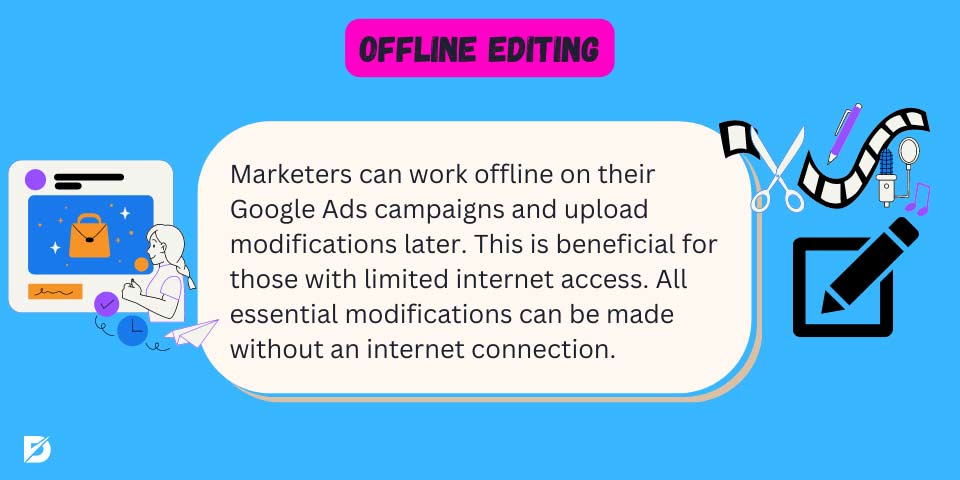
Offline Editing
Marketers can work offline on their Google Ads campaigns and upload modifications later. This is beneficial for those with limited internet access. This means that all essential modifications can be made without an internet connection. So, the changes can be uploaded to Google Ads once you are connected to the internet. This makes it possible to work on campaigns anywhere and at any time, regardless of internet availability.
Duplicate Keywords Detection
Within the “Tools” tab, Google Ads Editor provides a feature called “Find Identical Keywords.” With this feature, you can search for duplicate keywords in your account, campaign, or ad group effortlessly.

Collaboration with Team Members
You can easily collaborate with your team and manage Google Ads campaigns using Ads Editor by sharing access with your team members. With this feature, multiple users can work on a single account at the same time, promoting teamwork and streamlining workflows.
Easy-to-Measure Results
Google’s Ads Editor offers advanced reporting tools, such as customized filters and pivot tables. So, marketers can evaluate their campaign performance and make informed decisions based on data.
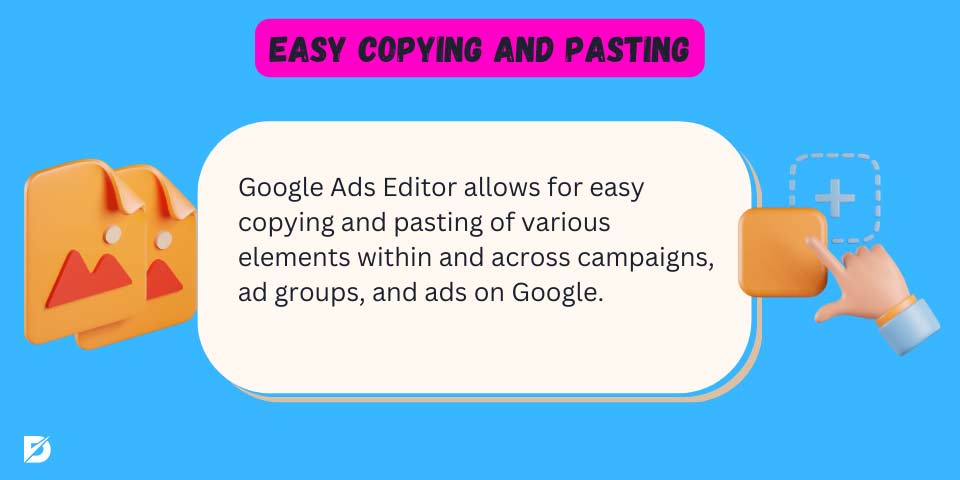
Easy Copying and Pasting
Google Ads Editor allows for easy copying and pasting of various elements within and across campaigns, ad groups, and ads on Google. This can save time and streamline the process of changing your Google Ads account.
Version Control
Marketers can save various campaign versions with Ads Editor, which is valuable for testing different ad variations and monitoring modifications over time. This enables you to identify the strengths and weaknesses of your ads, gain new perspectives, and figure out ways to boost performance. With Google Ads Editor, you can download and review these reports even when offline, providing you with access to vital metrics regardless of your internet connection status.
How to Use Google Ads Editor from Scratch
Up to this point, we’ve provided a concise overview of what Ads Editor offers and its advantages. If you are searching for a Google Ads Editor tutorial, here are the steps you can follow. You can also learn more about what is Google EAT here.

Download Google Ads Editor
To start using Ads Editor, you should first download it from https://ads.google.com/home/tools/ads-editor/. On the screen, click on the blue Google Ads Editor download button.
Install the Google Editor
After downloading Ads Editor onto your desktop, you need to accept the license agreement and then proceed with the initial setup process.
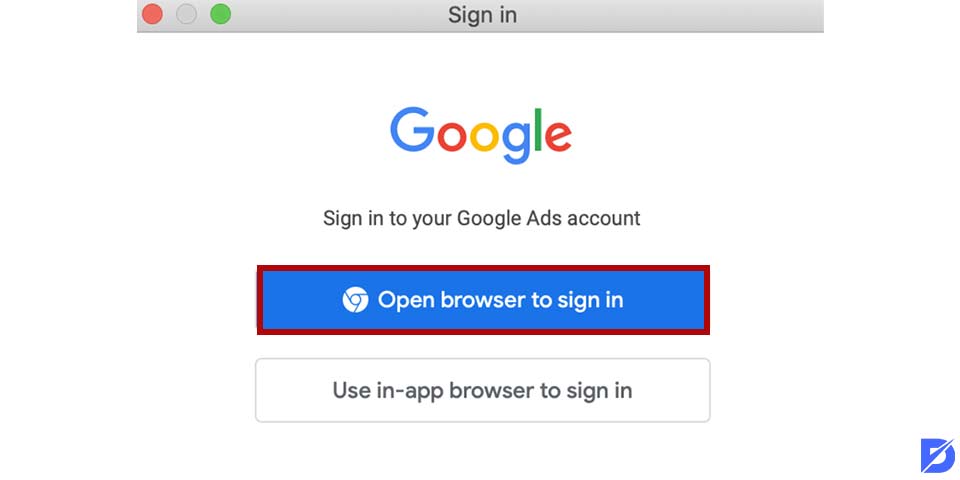
Download Your Account
Select “Accounts” from the top menu and then click on “Add.” You will be prompted with a popup asking whether you prefer to sign in using Google Chrome or directly within the application.
Download Your Campaign Data
After successfully signing in, the Ads Editor will prompt you to download your campaign data. It is recommended to download all of the available data.
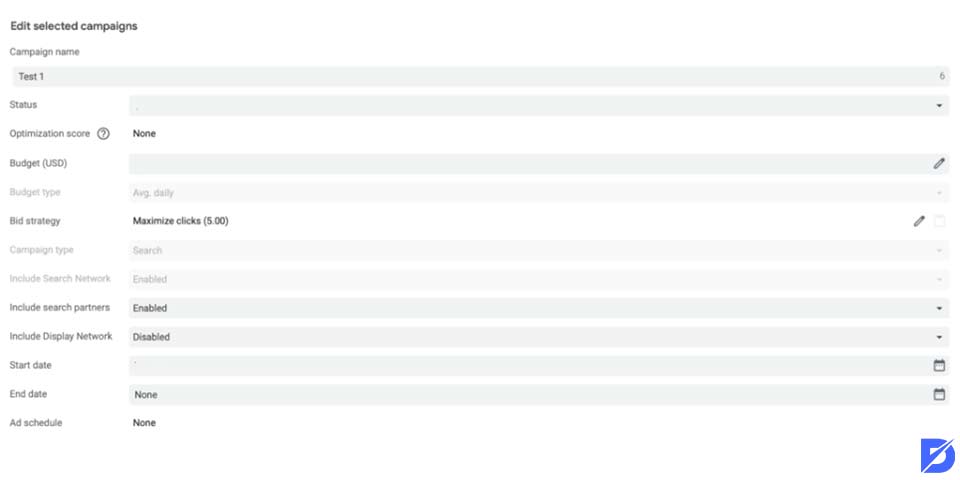
Examine Your Campaign Information
Once the campaign data has been downloaded, the Ads Editor will display its user interface. To begin, direct your attention to the “Manage” pane in the screen’s lower left-hand corner. The “Campaigns” label inside the box will be followed by a number in parentheses, which denotes the count of campaigns that you have previously established in Ads.
Navigate to the “Campaigns” label and click on it to access a table displaying all your campaigns. Each campaign is presented on a separate row within the table.
Modify Your Campaign
Selecting a campaign from the table will provide an in-depth overview of the campaign’s particulars in a tabbed pane at the bottom of the screen. It is important to note that you have the option to modify the campaign details within this pane.

Create a New Campaign
The process is straightforward if you wish to include a new campaign. So, click the “Add Campaign” button at the top of the table. Then, a new row with a pre-set campaign name will appear. You are free to adjust the campaign to your liking by editing its details as required.
Delete Your Current Campaign
Select the campaign to be deleted from the table, and click the “Remove” button at the top. It’s important to note that the Ads Editor will not prompt you to confirm the deletion, so exercise caution when using the “Remove” button.
Check Your Changes
After you’ve made your modifications, your work still needs to be finished. It is imperative to verify your changes to ensure their compatibility with Google Ads. Checking your changes is simple – click the “Check Changes” button at the top of the screen. Ideally, the Ads Editor will display all green signals indicating that your changes are acceptable.

Publish Your Changes
Once you’ve confirmed the acceptability of your modifications, the next step is to submit them to AdWords. This can be achieved by clicking the “Post” button situated at the top of the screen.
A summary of your changes will appear in a popup. So, clicking the “Post” button at the bottom will officially post your edits. After the posting process concludes, a status screen will be presented.
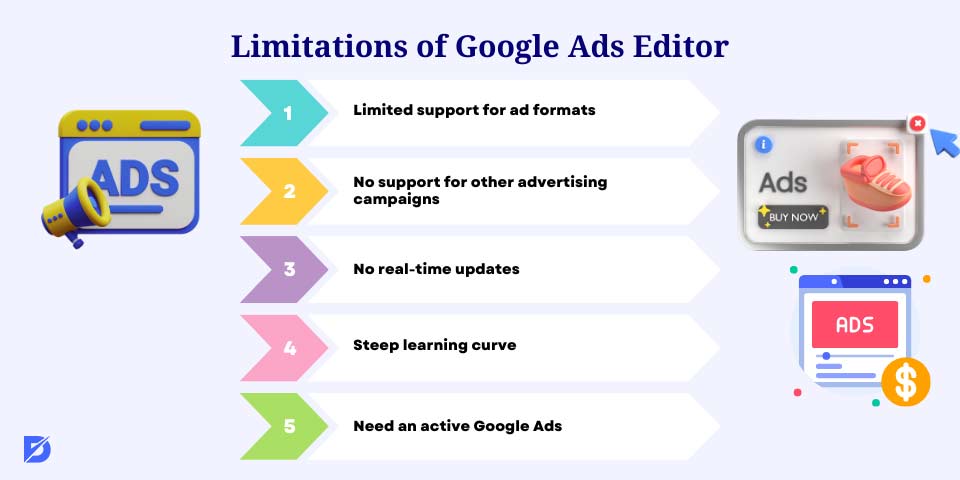
Limitations of Google Ads Editor
Google Ads Editor is a powerful tool for managing Google Ads campaigns, but, unfortunately, it does have some limitations.
- Limited support for ad formats: It does not support all ad formats, including dynamic and responsive search ads. Due to this, advertisers may not have access to all creative options. This can hinder their ability to achieve their desired campaign goals.
- No support for other advertising campaigns: Ads Editor is limited scope as it can only be utilized for managing Google Ads campaigns and not other advertising campaigns.
- No real-time updates: Google Ads Editor doesn’t reflect changes in real-time, so this may cause frustration for advertisers who need to make quick adjustments to their campaigns or respond to market changes promptly.
- Steep learning curve: Ads Editor can be challenging for beginners to use. It may take time to get acquainted with all its features and functions, which may require some training or experience to operate effectively.
- Need an active Google Ads: Google’s Ads Editor cannot be used independently, requiring an active Google Ads account to operate. So this means that users must have an active account to download, edit and upload their campaigns through the Ads Editor interface.
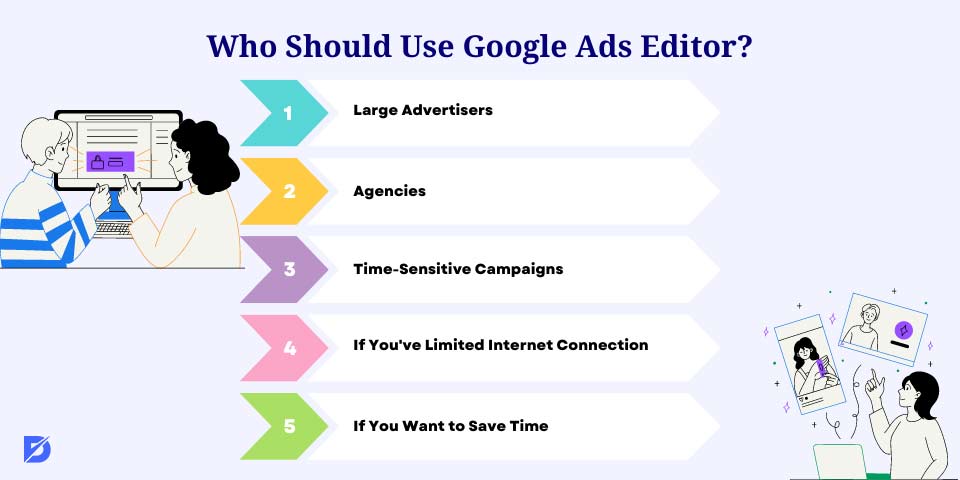
Who Should Use Google Ads Editor?
Google Ads Editor is a robust application that enables advertisers to handle and modify their Google Ads campaigns in bulk, offline, and with speed. It can be beneficial for a wide range of users, including:
- Large Advertisers: If you’re managing several campaigns or ad groups, Ads Editor can make it easier to manage them effectively and efficiently.
- Agencies: If you’re an agency managing multiple client accounts, Ads Editor can allow you to manage them all in one place. So you will be able to make bulk changes in a quick way.
- Time-Sensitive Campaigns: If you need to make significant changes to your campaigns without wasting time, the editor can make it easier to make those changes.
- If You’ve Limited Internet Connection: Google Ads Editor can be used offline, making it an excellent option for those with limited or inconsistent internet speed/connections.
- If You Want to Save Time: If you want to save time managing your Google Ads campaigns, Google Ads Editor can help you make bulk changes quickly and efficiently.
So, Google’s Ads Editor is the best choice for anyone who manages Google Ads campaigns and wants to streamline their workflow, save time, and improve campaign performance. Also, don’t forget to check Google SEO tools here.
Wrap Up
In conclusion, Google Ads Editor is a powerful tool for managing and optimizing your Google Ads campaigns. Directly managing multiple campaigns in the online interface of Google Ads can be difficult and time-consuming, and any modifications occur in real time. Rather than making individual changes in a live ad account, you will take advantage of the benefits offered by Ads Editor – such as bulk editing and offline access. With the ability to work on multiple accounts and collaborate with team members, Ads Editor should be an essential part of your strategy. Whether you’re a beginner or an experienced advertiser, using this editor can help you save time, improve efficiency, and achieve better campaign results.
Frequently Asked Questions About
Google Ads Editor lets advertisers administer their Google Ads campaigns without an internet connection. It includes many functionalities to simplify campaign management, such as bulk editing, copy-and-paste options, and the ability to apply and publish campaign updates immediately.
Yes, Google Ads Editor is a free software tool provided by Google that you can download and use to manage your Google Ads campaigns.
The answer is an absolute yes! You can manage several accounts with Google Ads Editor’s single interface. So, just choose the account you need to work on from the dropdown menu at the screen’s top.
It’s easier than you think. All you need to do is visit the Google Ads site. After downloading the installation file, follow the instructions to install the application on your device.
You can use Google Ads Editor on various devices or computers, provided you sign in to the same Google account on each device. This will also synchronize your changes across all devices, making it possible for you to handle your campaigns from any location.

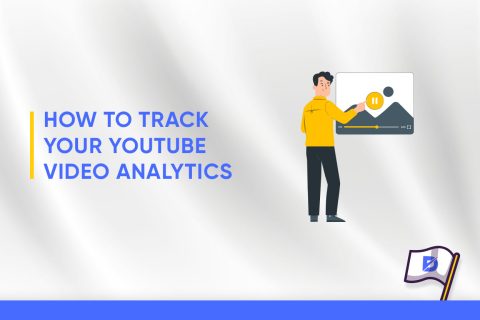
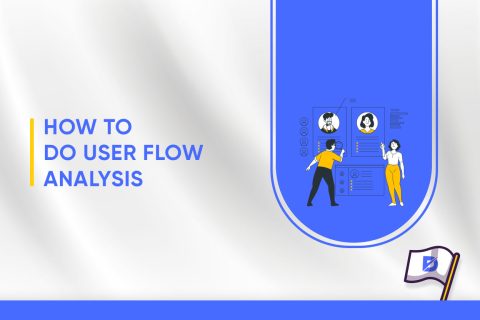
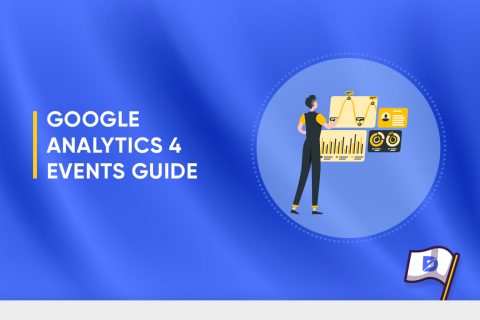
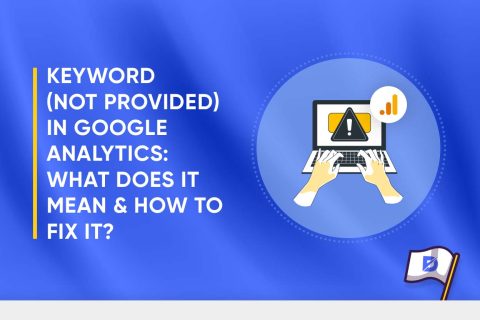
No comments to show.